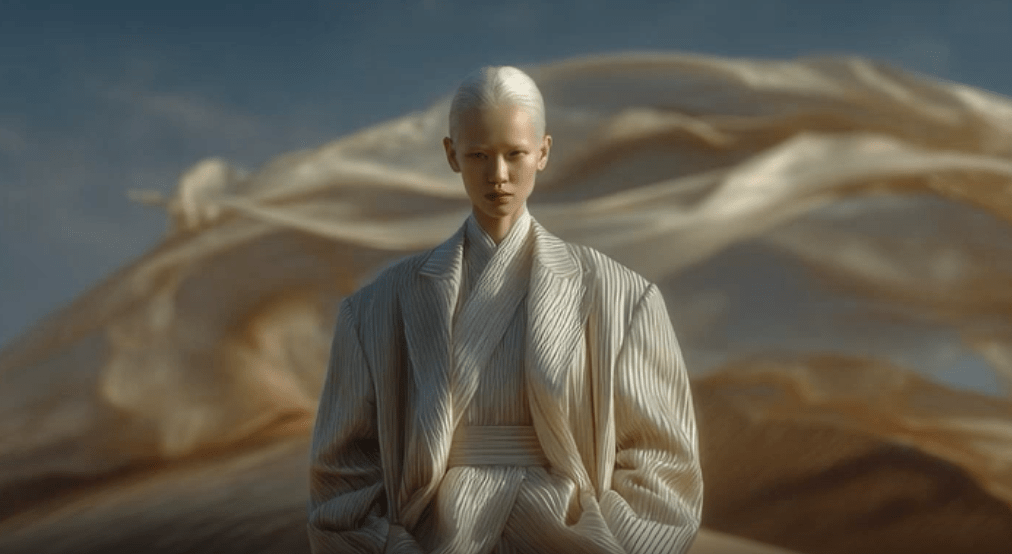Midjourney, one of the most popular AI image generation startups, announced on Wednesday the launch of its much-anticipated AI video generation model, V1.
V1 is an image-to-video model, in which users can upload an image — or take an image generated by one of Midjourney’s other models — and V1 will produce a set of four five-second videos based on it. Much like Midjourney’s image models, V1 is only available through Discord, and it’s only available on the web at launch.
Introducing our V1 Video Model. It’s fun, easy, and beautiful. Available at 10$/month, it’s the first video model for *everyone* and it’s available now. pic.twitter.com/iBm0KAN8uy
— Midjourney (@midjourney) June 18, 2025
The launch of V1 puts Midjourney in competition with AI video generation models from other companies, such as OpenAI’s Sora, Runway’s Gen 4, Adobe’s Firefly, and Google’s Veo 3. While many companies are focused on developing controllable AI video models for use in commercial settings, Midjourney has always stood out for its distinctive AI image models that cater to creative types.
The company says it has larger goals for its AI video models than generating B-roll for Hollywood films or commercials for the ad industry. In a blog post, Midjourney CEO David Holz says its AI video model is the company’s next step towards its ultimate destination, creating AI models “capable of real-time open-world simulations.”
After AI video models, Midjourney says it plans to develop AI models for producing 3D renderings, as well as real-time AI models.
The launch of Midjourney’s V1 model comes just a week after the startup was sued by two of Hollywood’s most notorious film studios: Disney and Universal. The suit alleges that images created by Midjourney’s AI image models depict the studio’s copyrighted characters, like Homer Simpson and Darth Vader.
Hollywood studios have struggled to confront the rising popularity of AI image and video-generating models, such as the ones Midjourney develops. There’s a growing fear that these AI tools could replace or devalue the work of creatives in their respective fields, and several media companies have alleged that these products are trained on their copyrighted works.
While Midjourney has tried to pitch itself as different from other AI image and video startups — more focused on creativity than immediate commercial applications — the startup can not escape these accusations.
To start, Midjourney says it will charge 8x more for a video generation than a typical image generation, meaning subscribers will run out of their monthly allotted generations significantly faster when creating videos than images.
At launch, the cheapest way to try out V1 is by subscribing to Midjourney’s $10-per-month Basic plan. Subscribers to Midjourney’s $60-a-month Pro plan and $120-a-month Mega plan will have unlimited video generations in the company’s slower, “Relax” mode. Over the next month, Midjourney says it will reassess its pricing for video models.
V1 comes with a few custom settings that allow users to control the video model’s outputs.
Users can select an automatic animation setting to make an image move randomly, or they can select a manual setting that allows users to describe, in text, a specific animation they want to add to their video. Users can also toggle the amount of camera and subject movement by selecting “low motion” or “high motion” in settings.
While the videos generated with V1 are only five seconds long, users can choose to extend them by four seconds up to four times, meaning that V1 videos could get as long as 21 seconds.
Much like Midjourney’s AI image models, early demos of V1’s videos look somewhat otherworldly, rather than hyperrealistic. The initial response to V1 has been positive, though it’s still unclear how well it matches up against other leading AI video models, which have been on the market for months or even years.
Maxwell Zeff is a senior reporter at TechCrunch specializing in AI. Previously with Gizmodo, Bloomberg, and MSNBC, Zeff has covered the rise of AI and the Silicon Valley Bank crisis. He is based in San Francisco. When not reporting, he can be found hiking, biking, and exploring the Bay Area’s food scene.




